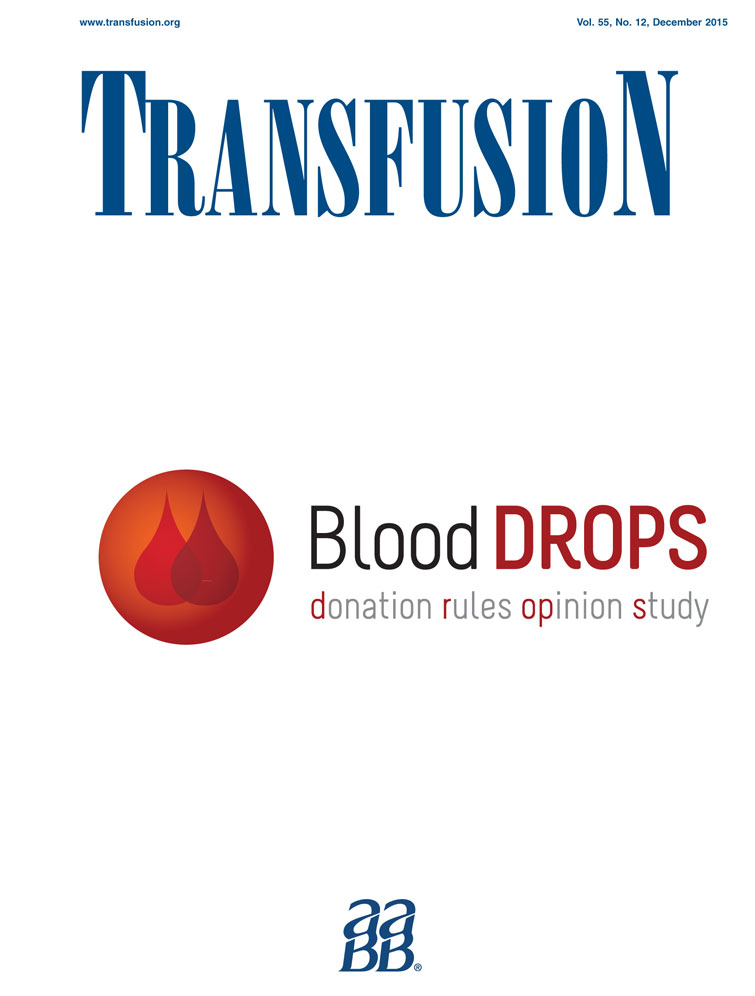Iron deficiency anemia at admission for labor and delivery is associated with an increased risk for Cesarean section and adverse maternal and neonatal outcomes
Abstract
BACKGROUND
Maternal iron deficiency anemia (IDA) impacts placenta and fetus. We evaluated effects of IDA at admission for delivery on cesarean rates, and adverse maternal and neonatal outcomes.
STUDY DESIGN AND METHODS
Medical records from Jerusalem (2005-2012) identified women with a live-birth singleton fetus in cephalic presentation of any gestational age and excluded planned cesarean, chronic/gestational diseases identified with anemia. Study population was divided into anemic and non-anemic women using WHO criteria. Main outcome measures: cesarean rate, and adverse outcomes (maternal: packed cells transfusion, early post-partum hemorrhage, preterm delivery; and neonatal: 5′ Apgar < 7, Neonatal Intensive Care Unit [NICU] admission, extreme birthweights). Continuous variable analysis and multivariate backward step–wise logistic regression models were prepared with Odds Ratios (OR) and 95% confidence intervals (CI).
RESULTS
In all, 96,066 deliveries were registered, of which 75,660 (78.8%) were included. IDA was present in 7,977 women (10.5%). Anemia at birth was significantly associated with cesarean section (OR 1.30; 95%CI, 1.13-1.49, p < 0.001), packed cells transfusion (OR 5.48; 95%CI, 4.57-6.58, p < 0.001), preterm delivery (OR 1.54; 95%CI, 1.36-1.76, p < 0.001), macrosomia (OR 1.23; 95%CI, 1.12-1.35, p < 0.001), Large for Gestational Age (OR 1.29; 95%CI, 1.20-1.39, p < 0.001), Apgar 5′ < 7 (OR 2.21; 95%CI, 1.84-2.64, p < 0.001), and NICU admission (OR 1.28; 95%CI, 1.04-1.57, p = 0.018).
CONCLUSION
Iron deficiency anemia at delivery is associated with an increased risk for cesarean section and adverse maternal and neonatal outcomes in otherwise healthy women. Monitoring/correction of hemoglobin concentrations even in late pregnancy may prevent these adverse events.




